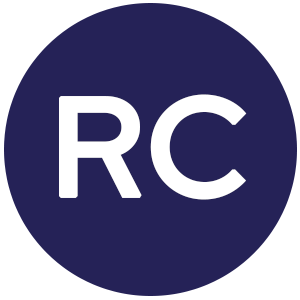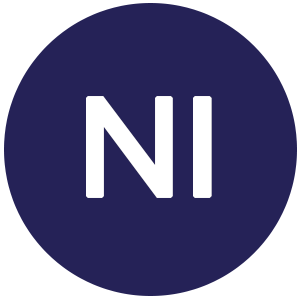The most successful businesses rely on vast amounts of data to responsibly manage their bottom lines. Yet when considering major purchases, many American hospitals continue to rely overwhelmingly on anecdotal feedback from the front line to inform their decisions.
Why does this happen? First, those working on the front line – nurses, physicians, and other personnel – are important, and they’re vocal. When they struggle to find equipment when they need it, they’ll report that to their managers, who will tell the hospital’s purchasing department that they need to buy more of that type of equipment. Second, the purchasing department of a hospital typically has no other information to counterbalance the request. For all they know, there really is a shortage of equipment that needs to be rectified.
At the same time, according to a seminal report by GE Healthcare in 2012, the average utilization rate of mobile equipment in American hospitals was 42 percent. In other words, nearly half of hospital equipment, at any given time, is sitting idle. The glut of equipment – and the service costs associated with it – can take millions of dollars off a hospital’s bottom line. That’s working capital that can and should be used for other important purposes around the hospital.
Room-level RTLS for hospitals can unlock cost-saving insights
Hospitals can solve this problem with data, and they can get the data they need by deploying a room-level RTLS. The goal isn’t simply to find a piece of equipment when it’s needed but to gain visibility into how a hospital’s fleet operates. Specifically, a properly installed and operated RTLS can be used to determine how many pieces of equipment a hospital has available at its single busiest moment over a specific period. This data illustrates the health of a hospital’s equipment fleet far more accurately than any nurse’s report.
For example: Let’s say a hospital’s purchasing team has been asked to purchase 20 new infusion controller pumps at a cost of $3,200 each. Instead of rubber-stamping the request, the purchasing team looks at a year’s worth of usability data provided by an RTLS. The review shows that, during the hospital’s busiest period of the year, there were at minimum 200 infusion controller pumps clean and available for use. The purchasing team declines the request, saving the hospital $64,000 because they know they have enough equipment to care for patients, even at the busiest of times.
Take another example: Let’s say the hospital’s entire fleet of 400 infusion controller pumps will come to the end of their usable life this year. The hospital has three choices:
- do a one-for-one replacement (400) at a cost of $1.28 million
- buy 10 percent more pumps (440), just to be safe, at a cost of $1.408 million
- look to the usability data for guidance to right-size their inventory
The hospital chooses the third option and sees that, over the past year, they had a surplus of 100 infusion controller pumps. Based on that data, the hospital decides to purchase 350 infusion controller pumps instead of 400 or 440, saving anywhere from $160,000 to $288,000.
Drive smarter procurement decisions
This is the power of a room-level RTLS—it drives smarter, data-driven purchasing in hospitals. You might be asking: What’s the catch?
Unfortunately, most RTLS on the market that can provide this kind of accurate, high-confidence data are exorbitantly expensive and require extensive infrastructure. For most hospitals, the sky-high costs of installation negate any cost savings that might be achieved through the RTLS’ use.
With Cognosos’ RTLS, you get a solution that’s quick to implement with lower up-front costs and far less disruptive installation.
The system provides the enterprise-wide, room-level accuracy that hospitals need to make critical financial and operational decisions. Ultimately, the data-driven insights around patterns and inventory that Cognosos can provide will drive efficiencies and prevent hospitals from wasting money on equipment they already own—all of this leads to a faster return on investment.
Want to learn more about how our RTLS works? See how Cognosos helped a 800+ bed hospital identify over a million dollars in underutilized assets.



